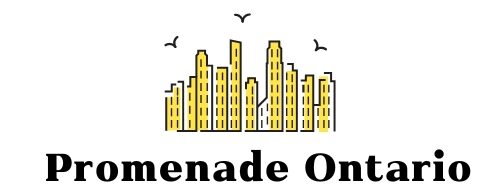The concept of a “smart home” was once a futuristic fantasy reserved for science fiction novels and movies. However, in recent years, rapid advancements in technology have turned this dream into a reality. Smart homes are no longer a thing of the future; they are the present, and they are here to stay. In this article, we will explore the latest tech trends in smart homes, from voice-activated assistants to energy-efficient innovations.
Voice-Activated Assistants
One of the most significant developments in smart home technology is the proliferation of voice-activated assistants. Devices like Amazon’s Alexa, Google Assistant, and Apple’s Siri have become integral parts of many households. These virtual assistants are designed to respond to voice commands, making it easier than ever to control various aspects of your home.
With a simple voice command, you can adjust the thermostat, dim the lights, play your favorite music, or even order groceries. These devices continue to improve their language processing capabilities, making interactions more natural and intuitive. As they become more integrated with other smart devices, the possibilities are endless.
Home Security
Home security has also seen substantial advancements thanks to smart home technology. Traditional alarm systems are being replaced by intelligent security systems that offer features like real-time monitoring, facial recognition, and remote access. Cameras equipped with AI algorithms can distinguish between humans and animals, reducing false alarms.
Moreover, smart locks allow homeowners to grant access to visitors remotely. For example, if a friend or family member arrives when you’re not home, you can unlock the door for them using a smartphone app. This level of control not only enhances security but also provides convenience.
Energy Efficiency
Energy conservation is a growing concern, and smart homes are leading the charge in addressing this issue. Smart thermostats like the Nest Learning Thermostat can analyze your heating and cooling patterns to optimize energy usage automatically. They can also be controlled remotely via smartphone apps, so you can adjust your home’s temperature even when you’re away.
Additionally, smart lighting systems enable homeowners to schedule and control lighting levels, reducing energy waste. Sensors can detect when rooms are unoccupied and adjust lighting accordingly. By optimizing energy use, smart homes not only save money but also contribute to a greener future.
Connected Appliances
The Internet of Things (IoT) has brought about a new era of connectivity, and this extends to household appliances. Today, you can purchase smart refrigerators, ovens, washing machines, and more. These appliances can be controlled remotely, allowing you to start your laundry or preheat the oven before you even get home.
Connected appliances can also provide valuable insights into your usage patterns. For instance, a smart refrigerator can alert you when you’re running low on certain groceries or suggest recipes based on the ingredients you have on hand. This level of connectivity enhances convenience and efficiency in the kitchen.
Health and Wellness
Smart homes are not just about convenience and energy savings; they also play a role in promoting health and wellness. Wearable devices like fitness trackers and smartwatches can sync with your smart home ecosystem. This integration allows your home to adjust its environment based on your health data.
For example, if your wearable device detects that you had a restless night’s sleep, your smart home can adjust the lighting and temperature to help you feel more awake and alert in the morning. These personalized adjustments can have a significant impact on your overall well-being.
Seamless Integration
Perhaps one of the most exciting trends in smart homes is the push for seamless integration of devices and platforms. Tech companies are working to create ecosystems where all your smart devices work together effortlessly. This means that you can control your lights, thermostat, security system, and more from a single app or even with a voice command.
Interoperability is crucial for the continued growth of the smart home industry. As more devices and manufacturers enter the market, consumers expect their devices to work together seamlessly. This trend is creating a competitive landscape that encourages innovation and drives prices down.
Challenges and Concerns
While the future of smart homes looks promising, there are some challenges and concerns that need to be addressed. Privacy and security are at the forefront of these issues. With the increasing amount of data generated by smart devices, there is a heightened risk of data breaches and privacy invasions. Manufacturers must prioritize robust security measures to protect user data.
Additionally, there is a need for industry standards to ensure that different smart devices can communicate effectively with each other. As of now, compatibility issues can arise when trying to connect devices from different manufacturers. Standardization efforts are ongoing, but progress has been slow.
Conclusion
The smart homes of the future are closer than ever to becoming a reality. From voice-activated assistants to energy-efficient innovations, the latest tech trends are transforming the way we live. With continued advancements and a focus on privacy and security, smart homes are set to become an integral part of our lives.
To stay updated on the latest developments in smart home technology, be sure to check out TechCrunch Canada. They provide in-depth coverage of tech trends and innovations that are shaping our future. As we move forward, smart homes will continue to evolve, making our lives more convenient, efficient, and connected than ever before.

